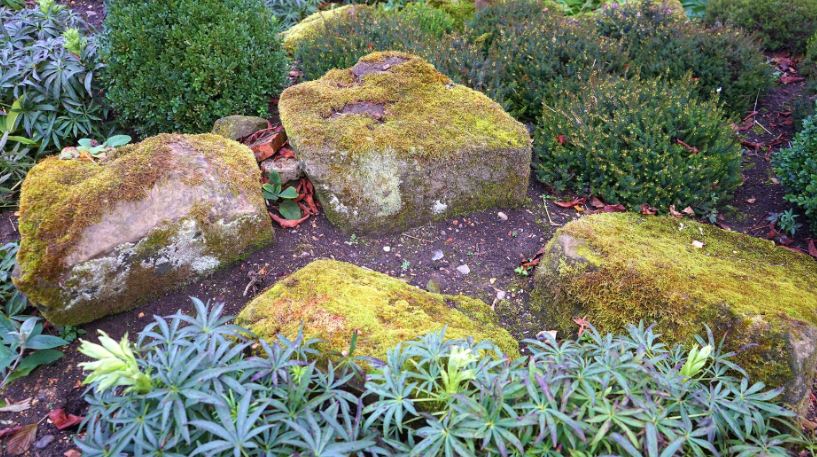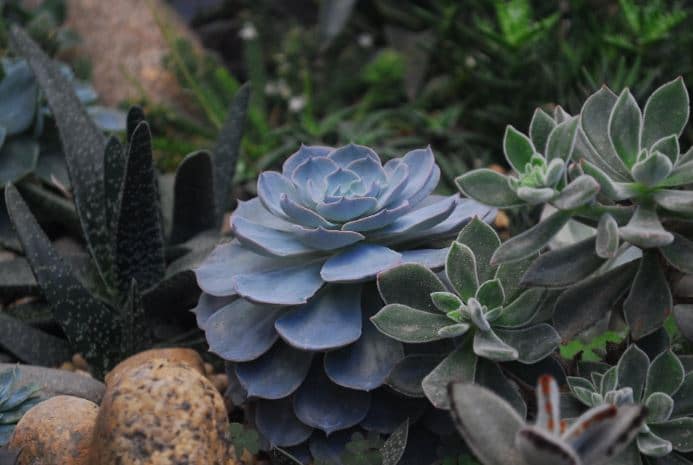A large-rock garden is a natural hardscape that adds unusual shape and form to your large yard and garden. Creating this look starts with the answers to these questions: Do you have any existing large rocks in your landscape that you want to use or incorporate into your design? Or are you bringing in all of the large rocks?
Rock Garden Planning
First, you’ll need to decide the location and size of your rock garden. This idea may change as you gather ideas by looking at photos of rock gardens online or by visiting local gardens. After all, you need to choose what style of rock garden you want. Determine if you want it to be more formal like a Japanese or zen-style garden or if it naturally belongs in your yard.
Next you’ll want to plot your design on paper. You can also have a landscape architect draft up plans. Before you start moving large rocks, you need to consider if anything needs to be removed permanently or, temporarily, during the process of moving large rocks.
Finally, you need to determine your budget – gather costs for supplies, rocks, extra dirt, vegetation, and hired labor (at minimum moving the large rocks). Do you need to add a watering system or can you use existing sprinklers that are already in place?
Tips to Move Large Rocks
Large rocks aren’t easy to move. That’s why it’s preferable to use professional landscaping companies that have trained staff that can operate the heavy equipment and place the rocks safely. A second consideration, which many people forget about, is lawn protection. You should ask your landscaper if they have ground protection mats. After all, heavy equipment and trucks may be driving across your lawn. You don’t want to ruin your lawn in the process of trying to beautify it.
Placing the Large Rocks
Once the large rocks are placed, it is difficult to move or relocate them so be clear where you want them to be placed. Then follow these steps for the best results.
- Clear the area of all vegetation.
- Make sure that the dirt is compact.
- Consider using a base of gravel and concrete to keep large rocks from shifting.
Vegetation
If you aren’t hiring a professional landscaping company, check with a local nursery, do your research, and/or consult with local neighbors or others you know who have a rock garden for advice on what types of vegetation grows well in your area. For instance, if you live in a desert climate you may want to do a minimalist garden with only arid-adapted plants that thrive with minimal water or rocks only.
When determining what type of vegetation to plant ask these questions: what type of climate do you live in? How much rain do you get? How much direct sunlight will the plants/flowers get? It is best to plant perennial plants so you don’t have to replant each year.
For rock gardens plants require soil that provides good drainage. This means that your soil should include sand. If you have clay-like soil you can add some sand and compost to encourage better drainage. You may want to add a top soil. It’s important to walk on the soil after it is placed to pack it down.
Finally, you need to decide what type of watering system you are using. Thinking about the water supply may help you decide on the types of shrubs and flowers you plant.
Adding a rock garden to your yard is a great way to add color and dimension to a flat or mundane space. Rock gardens are low-maintenance and are year-round structures that will enhance your landscape.








